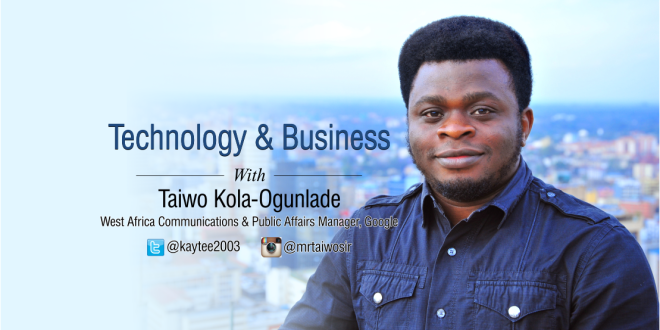Ten years ago, 26 year-old Jawed Karim made a video of himself standing in front of some elephants at San Diego Zoo. When the 19-second clip went live a few weeks later on a new video-sharing platform Karim had been testing, it set in motion a seismic shift in the way we consume and publish video content. In that moment, YouTube was born.
According to Karim, the inspiration for creating YouTube came from two very different events in 2004: the Asian tsunami and Janet Jackson’s famous wardrobe malfunction at the Super Bowl half-time show. Despite both events being extensively filmed and widely reported, Karim found locating the footage difficult. He raised the issue with two friends at a San Francisco dinner party, and the three of them set about creating a solution.
Fast forward to 2015, and YouTube – now owned by Google – is a very different platform. Today, it has over a billion monthly viewers, and 300 hours of video are uploaded to the platform every minute. YouTube is truly mobile, with over half of daily views coming from mobile devices.
What YouTube’s founders couldn’t have predicted, though, is the way in which the consumption and creation of content on the platform has changed. A decade on, YouTube is more than just a video hub: it is a place where people celebrate their passions, learn new skills and even start businesses. It is also a platform for artists, public figures, brands and individuals to reach vast, diverse and engaged audiences.
I’m often surprised by the variety of ways people tell me they use YouTube. In particular, people love to use it to learn new things: facts for an exam; knitting; folding up a buggy; fixing electronic devices; dancing; painting model figures; tying a tie; getting a six-pack. Just the other week, I managed to fix my bike’s front derailleur, thanks to a YouTube video on my phone. Videos in YouTube’s “education” category on YouTube are actually viewed twice as much as videos in the “pets and animals” category.
YouTube is also a place where we consume vast amounts of television content. With around 60% of views occurring outside the original upload region, YouTube allows broadcasters to reach viewers on a global scale. In fact, there are about 54 million unique views on YouTube in Nigeria every month and about 1.2 million Nigerians between 16-34 years every month. Media personalities, too, are expanding their presence through online video. Olisa Adibua’s show; “The Truth with Olisa Adibua” started off on his YouTube channel 8 months ago and already has over 1.1 million views, while Toke Makinwa’s “Toke Moments” has attracted over 2.5 million views.
But we’re not just watching well-known faces. Thanks to the low costs of creating, distributing and marketing content online, new talent crops up on YouTube every day.
For the advertising industry, YouTube has been revolutionary. For one thing, YouTube allows brands to reach the consumer right at the moment they need or want something specific. If, like I was, you’re searching for instructions on how to fix your bike, you might be in the market for a screwdriver, or a chain keeper. You might even want to buy a new bike. On YouTube, brands can respond to this need and surface just the thing you’re looking for, just when you want it.
Brands have also been quick to embrace YouTube as a creative platform, delivering breakthrough, iconic advertising moments which have become a part of culture and conversation. Remember the Old Spice campaign? Three’s Dancing Ponies? Evian’s Babies? When we first launched our skippable TrueView video ad format, we weren’t sure if people would stay to watch the ad. But we found that when ads are as engaging as content, people will choose to watch them. In fact, last year four brands made it into the top 10 trending videos of the year. That’s helping to make this incredible tool free for anyone to use.
So, what will the future bring? The truth is, we don’t know. We don’t know because where we go will be driven by the visions of our creators and the interests of our users. One thing we do know is that the world is coming online. Currently, around three billion people have access to the Internet. By 2020, we estimate that number will be five billion. That’s five billion potential YouTube contributors and five billion potential viewers. Where YouTube goes will only be limited by their imagination.















NEW POST: From Elephants to Dancing Babies https://t.co/jN7PqmxpUJ https://t.co/KkEvyuZB0R
From Elephants to Dancing Babies https://t.co/WiwLGYIi8N https://t.co/5WGKOSpXjR